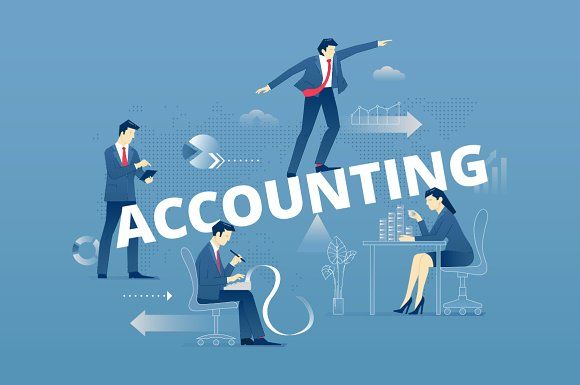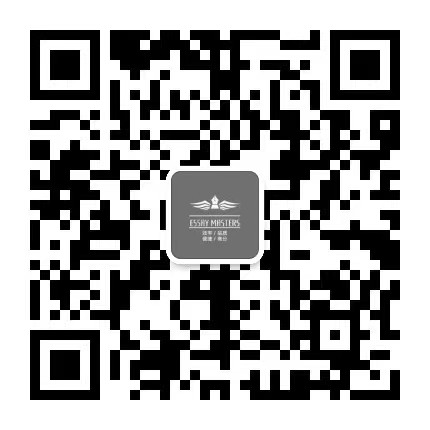Introduction
Background
Apurla Community Service are struggling with work effectiveness in different departments. Each department in the organization are operating independently and not communicating well. Effective communication is certainly needed within an organization and it could lead to an improvement in the organization.
Purpose and Scope
In this report, there would be an analysis and recommendations on how to improve the situation and avoid conflict happened by the times. Theoretical analysis of organisation communication flow and teamwork communication will be explained in this report. Lastly, there are recommendation to revise and improve the organisation communication and employee relations.
Theoretical Analysis of Communication Flow
Formal Communication
In the organisation, information such as; instructions, policy statement, operating procedures, and general announcement are transferred through formal communication (McWilliam & William 2014). There are three channels of formal communication:
Downward Communication
This communication flows from higher to lower levels in an organization (McWilliam & William 2014). Effective downward communication is crucial to organizational success, whereas a good leader give the right jobs-related information to organization members.
Upward Communication
This communication flows from lower to higher levels in an organization. This gives chance to lower levels share the ideas or feedback to higher-level authorities (McWilliam & William 2014). However, communication from the bottom does not flow easily as communication from the top. Overcome the barriers to effective upward communication is the key to making a better decision.
Horizontal Communication
The information of this communication flows between departments of equal level in an organization (McWilliam & William, 2014). It can help with problem-solving and reduce conflicts between the same level employees (McWilliam & William 2014).
Informal Communication
The information in this communication is the flow between employees outside from formal communication, or it called ‘grapevine’ (McWilliam & William 2014). Informal communication can help the management able to know about the problem, conflict and complaints in an organization. However the information given from this communication not always accurate (Eunson 2016, p. 593). The communication flows faster through network rather than formal communication. Therefore, grapevine can be negatively influenced if it not control it well (Eunson 2016, p. 595).
Theoretical Analysis of Communication in Work Teams
Communication in Work Teams
Bardia (2010) mentions the fact that ‘The 21st-century workplace is run by teams. In a recent survey of Fortune 1000 companies, 83% reported that their firms use teams and teams are all about communication’ (Bardia 2010, pg. 4). Communication makes teams work efficiently, motivates employees, and helps relations with customers and partner in an organization. As a part of the team, each team member needs the ability to keep the effective communication within the team. Cross-cultural and gender differences in a team can create a barrier to team communication (Lehman, DuFrene & Walker 2016, p. 19). Globalisation, diversity and various social environment in workplaces become more rampant. It is unavoidable for cultures to meet, blend and crash. Therefore, it is important to understand that people communicate and think differently. Open lines of communication and active listening within teams create effective teams.
Developing Team Effectiveness
These are some key point to develop team effectiveness.
- Common goals
Focus on the same goal can help members to overcome individual differences of idea and bring to acceptable solution (Lehman, DuFrene & Walker 2016, p. 29).
- Role perception
Members in a team plays different roles, each member has the own concept that direct how they will behave (Lehman, DuFrene & Walker 2016, p. 29).
- Group norms
This is a standard behaviour to help preserve the teams and collective self-esteem (Lehman, DuFrene & Walker 2016, p. 29).
- Leadership
As a leader in a team can affect creation of norm by decide who and when member can speak, give motivation and encouraging participation for effective activity in group (Lehman, DuFrene & Walker 2016, p. 29).
Conclusion
The ability to communicate well would lead to the success of the organisation and employees personal improvement within the organisation, regardless of the level in the organisation (Lehman, DuFrene & Walker 2016, p. 4). In the organisation, formal and informal communication channels are playing the major role. Choosing the best channel to inform the information will depend on the situation. The organisation cannot rely on downward or upward communication only. Its will bring to unclear information and orders. And the effectiveness of teamwork in the organisation would be affected as well. In the team, each member has different skills set and work together. Only through effective communication can bring them together to perform as one effective team and achieve the organisation goals.
Recommendation
Revise the Communication Structure
Firstly, the organisation need to aware there are some common problems in downward, upward, and horizontal communication channel.
- Decrease dependence on downward communication (McWilliam & William, 2014).
Upper-level management needs to know when the right time to use this channel of communication, not all the tasks or messages can send through from email. Notices of message from Operation Manager to each department during the transfer can be changed or edited (Eunson 2016, p. 576). When is come to appraisal and performance feedback, it is better if the Board of Director and Executive Officer can talk face to face.
- Keep a good relationship and environment with lower-level managers and workers to increase chances for upward communication (McWilliam & William, 2014). Operation Manager can create the social activities, such as sports team, exercise programs and end of week party (Eunson 2016, p. 578). It will help to increase the employee relations.
- Support much better use of horizontal communication (McWilliam & William, 2014). It can help by not viewing horizontal communication as a small talk. Each department managers can decide to use the same communication structure. Like, hold a meeting with each department every week (Eunson 2016, p. 578).
Improve Internal Communication
In the organisation, each department are using different communication structure and tend to operate independently. This can be because of lacking the internal communication and employee relations within departments. Effective internal communication informs employees role and strengthens the organisation. Internal communication within managers and employees can build trust and engage each other (Mishra K, Boynton L & Mishra 2014). These are the ideas to improve the organisation internal communication and employee relation.
- All departments hold a meeting every once a week. So they can discuss and divide the tasks with each department to get the tasks done efficiently.
- Upper-level management can set up a meeting with department managers every month. Every department will have the chance to share their ideas and feedback through the meeting.
- Every department can create the virtual meeting room to communicate with each other.
References
- Bardia, G 2010, ‘Start Communicating: The Key to Managing Your New Age Business’, IUP Journal of Soft Skills, vol. 4, no. 4, pp. 27-33, viewed 13 January 2020, http://search.ebscohost.com/login.aspx?direct=true&AuthType=shib&db=plh&AN=56642156&site=eds-live
- Eunson, B 2016, ‘Communicating in the 21st Century’, 4th edn., John Wiley & South Australia Ltd, Milton, Qld, pp.572-807.
- Lehman, C, DuFrene, D & Walker, R 2016, BCOM business communication, 7th edn., Cengage Learning, Boston, MA.
- McWilliams, A, & Williams, C 2014, ‘Managing communication’, MGMT, 2nd edn., Cengage Learning Australia Pty Limited, South Melbourne, Vic, pp. 248-263.
- Mishra, K, Boynton, L & Mishra, A 2014,’Driving Employee Engagement: The Expanded Role of Internal Communication’, International Journal Business Communication, vol. 51, no. 2, pp. 183-202, viewed 14 January 2020, http://search.ebscohost.com/login.aspx?direct=true&AuthType=shib&db=plh&AN=95068909&site=eds-live












